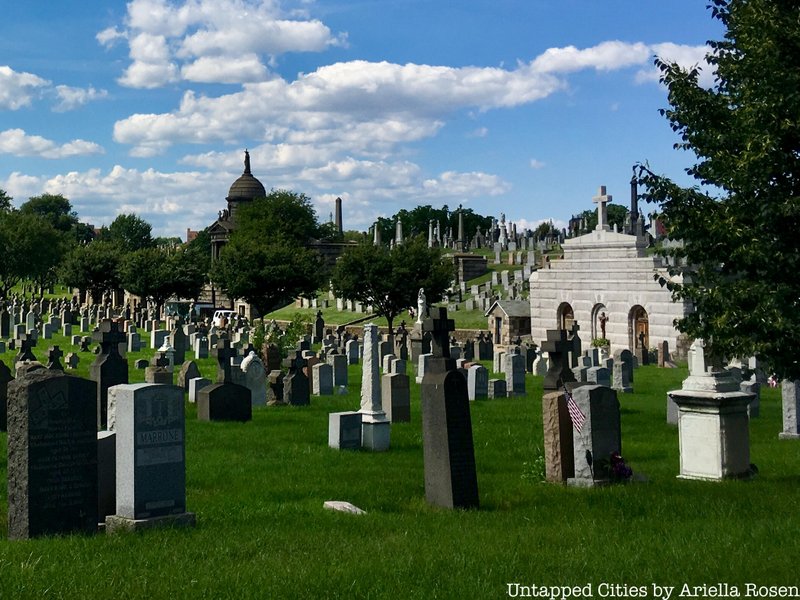9. Calvary Cemetery Was Established Because of Overcrowding

By turn of the 20th century, Manhattan’s population had jumped to almost two million people. Real estate soon became a commodity that was too valuable to set aside for the dead. This prompted the legislature to approve the 1847 Rural Cemetery Act, which allowed nonprofit organizations like churches to purchase tax-exempt “rural” land for burials. Prior to this law, the deceased were interred in churchyards or private properties.
Although a limitation was placed on the amount of cemetery land that could be purchased in one county, institutions – looking for a way to circumnavigate this restriction – began to purchase burial space on the border between Brooklyn and Queens.
Calvary Cemetery, named after the hill where Christ was crucified, consequently became the first major cemetery to be established beyond Manhattan by the Trustees of St. Patrick’s Cathedral. On July 31, 1848, the first burial took place, and Esther Ennis, who reportedly “died of a broken heart,” was interred at the site. That same year, Archbishop John Hughes consecrated the graveyard in August.





